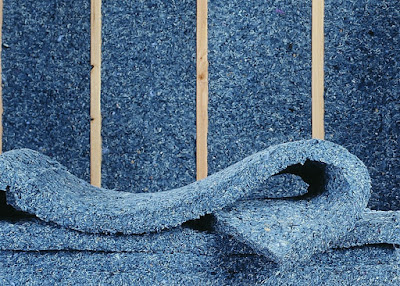It’s no secret that the real estate market has a long road of recovery ahead. As the day-to-day work of showing properties and building homes has slowed to a crawl, agents and others in the industry have started to look to the future and make predictions about the lingering effects the COVID-19 pandemic will have on the industry.
Here are the top five top predictions for real estate once the pandemic subsides.
Buyers will upsize
“Microapartments” were supposed to be the wave of the future, but city dwellers who have been cooped up in one or two rooms will likely be looking to spread out (and the owners of larger spreads have already decamped to their vacation homes).
I think that the desire for larger apartments will come back into style and many will be looking to size up — whether sizing up in square footage, light, outdoor space, view, or amenities. The concept of a ‘microapartment’ will become a very challenged notion. Buyers will want their own living room!
Boutique buildings, townhouses and technology will win out
While the pandemic has promoted some to wonder whether the trend toward urban living will diminish, most agents don’t think that will stop people from investing in real estate in large metropolitan areas.
Vancouver has experienced soaring housing and living costs. However, while suburbs are less dense than cities thereby reducing contact during the pandemic, they have fewer hospitals and resources for treatment. Nevertheless, the pandemic may result in those previously planning to relocate making the change sooner. … In addition, the related job losses are expected to decrease rents, along with stricter home buying standards from lenders, as city housing stock tends more toward rental than ownership.”
Agents think that boutique buildings will win out over large developments and townhouses will become more prized.
I certainly think this is good for townhouse living because you don’t have the same issues you have in an apartment building such as sharing an elevator, not having access to your gym, and you have private outdoor space.
The adoption of touchless technology, including remote access for locks and thermostats, will become standard, and multifamily building owners and managers will see challenges.
Markets will vary as to how well multi-family owners can absorb losses, with lower income tenants less able to recover. Owners will likely have to absorb more maintenance costs due to enhanced cleaning and increased wear and tear of residents working from or staying home.
Outdoor space and home offices will become a hot commodity
Balconies, terraces and private roof decks are already prized amenities for any prospective buyer, but they will become even more in demand in the coming months.
Being stuck inside, I think people may realize what is important to them in a home and in their space. People will consider what it would be like to reside in this space without being able to leave now. Outdoor space may become more important, I’ve talked to clients who have told me how grateful they are for theirs right now.
Home office space will also become a more standard offering. Stern notes that for multi-family projects in the planning stages, developers are reconsidering layouts to accommodate tenants working from home.
Construction prices will rise
Before the pandemic, the construction industry was already facing a shortage of skilled workers, with many professionals leaving during the Great Recession and construction booming across the country.
When the moratorium on construction ends and builders are ready to get back to work, we can expect delays in the permitting process and increased costs as the supply chain slowly recovers and superintendents get up to speed on how to keep workers safe.
Will construction workers remain distancing? Will there have to be someone on site to take people’s temperatures if someone gets sick? Even when the moratorium on construction ends and there's a desire to go back to work, that doesn't mean it’s going to happen with a degree of promptness.
There will also be the challenge of new constraints on construction lending and the slowdown of land acquisitions following a likely recession.
The supply chain will shift
More than 30 percent of construction materials come from overseas from countries such as China, Italy, Brazil and India, which are facing their own challenges with COVID-19.
Many of those suppliers are going to build it up in the U.S. and Canada, but it’s going to take years.
********************************************************************
Are you interested in selling or buying your home in the next few months? Work with award winning realtor, Carmen Leal and her team that specialize in Real Estate Vancouver and have qualified Buyers that are looking for a home in your area! 604.218.4846 & www.carmenleal.ca
This communication is not intended to induce breach of existing listing agreement.






















